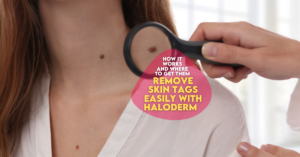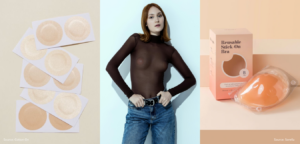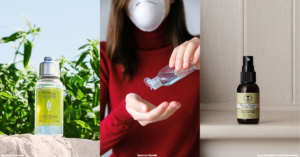Wellness
Skin Cancer in Singapore: Types, Symptoms, Causes, Diagnosis and Treatment
According to research done by GLOBOCAN, an estimated number of 19.3 million skin cancer cases were reported in 2020. And...
By: Beauty Insider Journalist / August 19, 2021
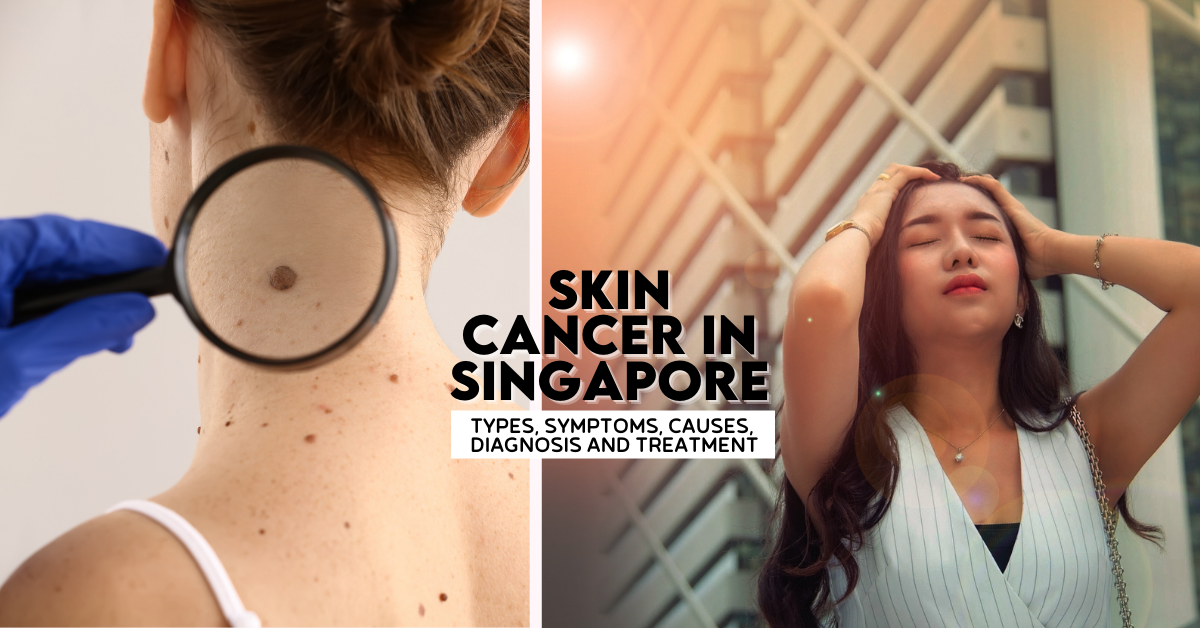
According to research done by GLOBOCAN, an estimated number of 19.3 million skin cancer cases were reported in 2020. And from that number, around 2000 of those cases are from Singapore. Therefore, it’s important that we are educated on the matter which includes understanding the symptoms. With that, read on more as Beauty Insider explains the types, causes, diagnoses and treatments available for skin cancer.
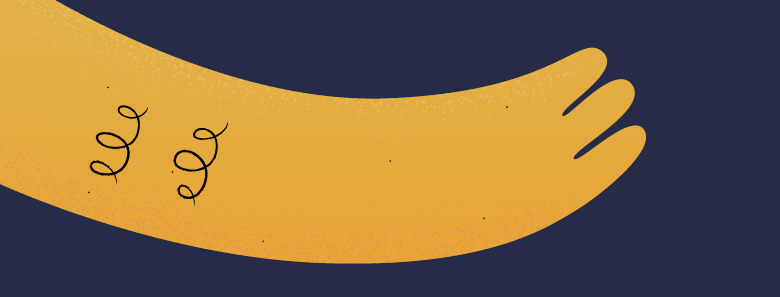
The majority of skin cancers are locally damaging carcinogenic malignant skin growths. Additionally, they are made up of cells from the epidermis, or top layer of the skin. Unlike cutaneous malignant melanoma, the great majority of these kinds of skin malignancies seldom travel to other regions of the body and become life-threatening.
In fact, non-melanoma skin cancers account for more than 90% of all skin cancer cases. While most non-melanoma skin cancers are reasonably straightforward to treat especially if discovered early. However, there is no assurance that they will not recur or become invasive. The sooner you catch it, the higher your chances of a successful therapy that is also more likely to be curative.
Contents
What Are The Types Of Skin Cancer?
Melanoma
Melanoma is a form of cancer that begins in melanocytes. It is the most dangerous kind of skin cancer and is far less prevalent than basal cell or squamous cell tumours. Despite that, although melanoma accounts for just 1% of all skin cancers, it is responsible for the majority of skin cancer-related fatalities each year.
Basal Cell Carcinoma
The most prevalent cancer in humans is basal cell carcinoma (BCC). BCC is roughly four times more common than all other types of skin cancer put together. Moreover, it is a kind of skin cancer that grows slowly, is painless and is easy to cure. It has a good prognosis.
Wherein, age, gender, family history, and the existence of an immune deficiency, as well as chronic inflammatory dermatoses or immunosuppressive drugs; all have a role in whether BCC develops into an invasive or malignant variety.
Squamous Cell Carcinoma
Squamous Cell Carcinoma (SCC) is a form of non-melanoma skin cancer also known as epidermoid carcinoma. Additionally, it is one of the most prevalent cancer types. SCC are flat cells found in the epidermis’ top layers (the outermost layer of the skin). After basal cell carcinoma, SCC is the second most prevalent kind of skin cancer. UV exposure from the sun is responsible for around 90% of all squamous cell malignancies.
Moreover, SCC might appear as a painless scaly growth, red areas with scale or a new molluscum rash, among other things. Therefore, it might be mistaken for other soft tissue growths or rashes depending on the appearance. However, with a little observation and an open mind, it’s easy to tell the difference. It’s considerably more prevalent among immunocompromised people, and it’s also known as malignant melanoma or malakoplakia.
Actinic Keratosis
Actinic Keratosis (AK) is a non-melanoma skin cancer that affects fair-skinned persons in sun-exposed regions of the skin. These rough, red, scaly or pink patches of skin can appear anywhere on the body. However, most prevalent on the face and hands. Moreover, although AK is more common among fair-skinned older persons with a history of sun exposure, it can also occur in younger people.
Symptoms To Look Out For
Skin lesions
Changes in your skin should not be overlooked. A new mole, odd growth, lump, painful, scaly patch, or dark area on the skin that doesn’t go away is referred to as a skin lesion. If you see anything unusual, see a doctor immediately.
If you need to photograph a skin lesion, use a mobile phone or digital camera to get a shot that clearly shows the various characteristics of the lesion. These might include the colour and texture of the surrounding tissue, as well as any adjacent lesions that could give information.
Remember the ABCDE rule for moles
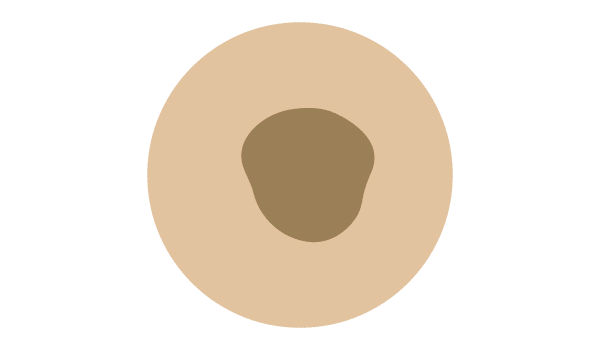
A for asymmetry
Look for asymmetry in your moles, freckles, or skin patches on a regular basis. In most cases, the upper half of both of your moles should be symmetrical. Consult a dermatologist right away if you notice anything that isn’t symmetrical and looks different on both parts.
B for border
The majority of moles are spherical, although others are oval, triangular, or irregular in form. A dermatologist should be consulted if the mole’s border or margins are ragged, fuzzy or irregular.
C for colour
A typical mole is usually a single dark brown hue. It might be tan, dark brown, black, blue, white, red, or a variety of dark brown hues. However, moles can be brightened or darkened, although only a few moles have several hues. Therefore, if a mole has a variety of colours, it’s best to see a doctor and have it checked out before it turns malignant.
D for diameter
If the diameter of a mole is greater than the eraser of a pencil, it is suspicious. It isn’t common for moles to be in large sizes therefore if you notice one appearing abnormally large, consult a dermatologist immediately.
E for evolving
Melanoma does not arise out of nowhere. It begins as a benign growth known as a mole or nevus. Therefore, because of its wide range of form, size, colour and texture, it might be difficult to detect early on. With that, consult a doctor if a part of the mole appears to be freshly risen or lifted from the skin. Melanoma lesions can expand in size or vary in height.
What Is The Appropriate Treatment For Skin Cancer?
Topical medications
Topical medicines can be used to treat superficial basal cell carcinomas. These topical therapies are administered directly to the tumours in the form of creams, gels, and solutions. Because these treatments only impact the top layer of skin, they do not need significant anaesthetic preparation as oral medicines do.
However, topical therapies have a minimal risk of severe side effects when used properly. Their sole disadvantage is that they are less effective if not all malignant cells are targeted.
Surgical removal
A local anaesthetic is used to numb the region around the tumour. The tumour and a football-shaped piece of tissue are then removed, and the incision margins are sutured closed. Skin grafts or flaps are required to close the defect in, particularly large tumours. The benefit of this kind of treatment is that it has a cure rate of more than 90%.
Radiation therapy
Radiation therapy exposes the tumour and a limited region of surrounding skin to a strong dosage of radiation. Your appointment hours and dates will be determined by when you are most suited for treatment. Radiation therapy is typically successful in around 90% of instances. Moreover, it is occasionally used in conjunction with chemotherapy, but chemotherapy is more commonly employed as a stand-alone treatment for malignancies in the early stages.






